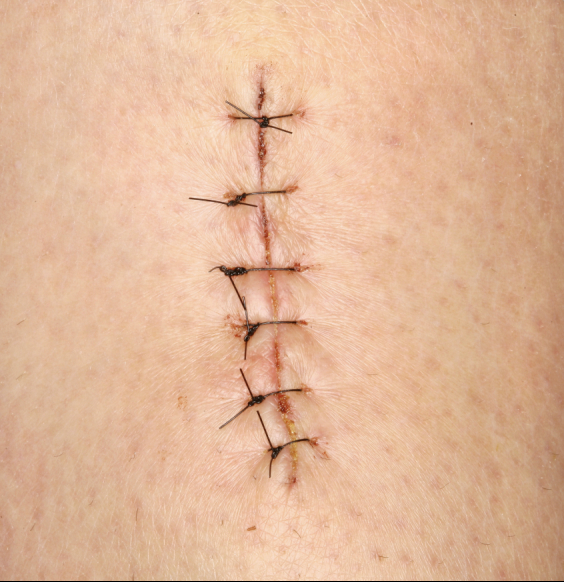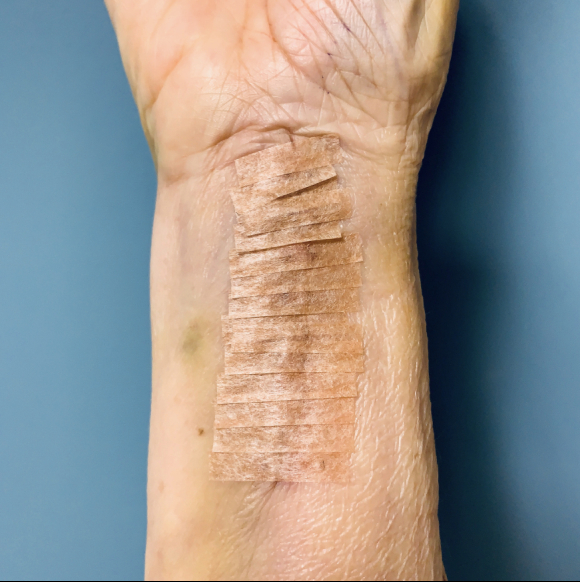
Butterfly Strips vs. Traditional Stitches: What You Need to Know
The outdoors is a haven for adventure seekers, offering all kinds of exploration, from hiking to water sports, and much more. However, with adventure comes the risk of injuries, including cuts and scrapes. While minor injuries can generally be treated with simple first aid kits, severe wounds may require a more professional approach. One of the common methods of wound closure is traditional stitches, but in recent years, butterfly strips have gained widespread use. In this post, we'll discuss the differences between butterfly strips and traditional stitches, including which method is best for your wound.

Butterfly Strips
Butterfly strips, also known as wound closure strips, are adhesive strips that can close minor wounds. They work best on superficial cuts and lacerations, meaning they affect only the top layer of skin. Butterfly strips are non-invasive and quick to use, making them ideal for outdoor enthusiasts who need quick treatments. They come in different sizes and shapes, which allow them to fit different wound types and locations. Moreover, they don't require any specialized equipment or training to apply, and they're less painful than traditional stitches.
One thing to note about butterfly strips is that they're not recommended for deep wounds, bleeding, or on areas that move frequently, like joints or fingers. In such instances, the strips may not provide adequate support, leading to a higher risk of wound tearing or opening.
Traditional Stitches
Traditional stitches are a surgical method of closing wounds that are deeper, wider, or on body parts that experience more movement. They involve threading a needle through the skin on both sides of the wound, pulling the edges together, and stitching them up. Stitches are stronger and more durable than butterfly strips, and they reduce the risk of scarring. A medical professional typically performs them in a controlled environment where anesthesia can be used to minimize pain.
Traditional stitches do come with their own unique drawbacks. They often require longer healing times than butterfly strips, and the procedure can cause significant pain, bleeding, and inflammation. Moreover, they're more invasive and prone to infection if not well cared for.

Factors to consider
When deciding between butterfly strips and traditional stitches, consider several factors. First, the severity of the wound determines which method is best. Shallow wounds with minor bleeding can be treated with butterfly strips. Deeper, wider wounds with more bleeding will likely require traditional stitches (and possibly bandage strips for protection while in transport; see our blog here). Secondly, you should consider the location of the wound. Areas with a lot of movement (e.g., the knee joint) are better suited for traditional stitches, while areas with little movement (e.g., the chest or abdomen) can be treated with butterfly strips. Lastly, consider the desired healing time, the risk of scarring, and the aftercare needed for each method.
In conclusion, both butterfly strips and traditional stitches have pros and cons. The best approach is to evaluate your wound, its severity, and location, and consult a medical professional about the best approach. For outdoor enthusiasts, butterfly strips are a quick, non-invasive solution for minor wounds. However, traditional stitches are always the best choice for deeper wounds requiring surgical closure. Whatever method you choose, ensure that you follow proper aftercare protocols to promote healing and prevent infections. Remember, prevention is better than cure, so always carry a first aid kit on your adventures and take precautions to avoid injuries.
ViTAC Solutions
As you chase horizons and embrace the spirit of adventure, ViTAC stands by the principle of living life with passion and vigor. While we champion the thrill of the journey, we also know the importance of being prepared for the twists and turns that come our way.
Remember, it's not just about seeking thrills, but ensuring we can tackle challenges when they arise—because #SafetyThird doesn't mean forgetting safety, but rather making sure we're living life to the fullest before anything else. For those uncharted moments, we've got your back. Discover our first aid kits, expertly curated by U.S. Army Green Berets, ready to serve your adventures.
Dive into the world of preparedness at www.ViTACsolutions.com.


Leave a comment